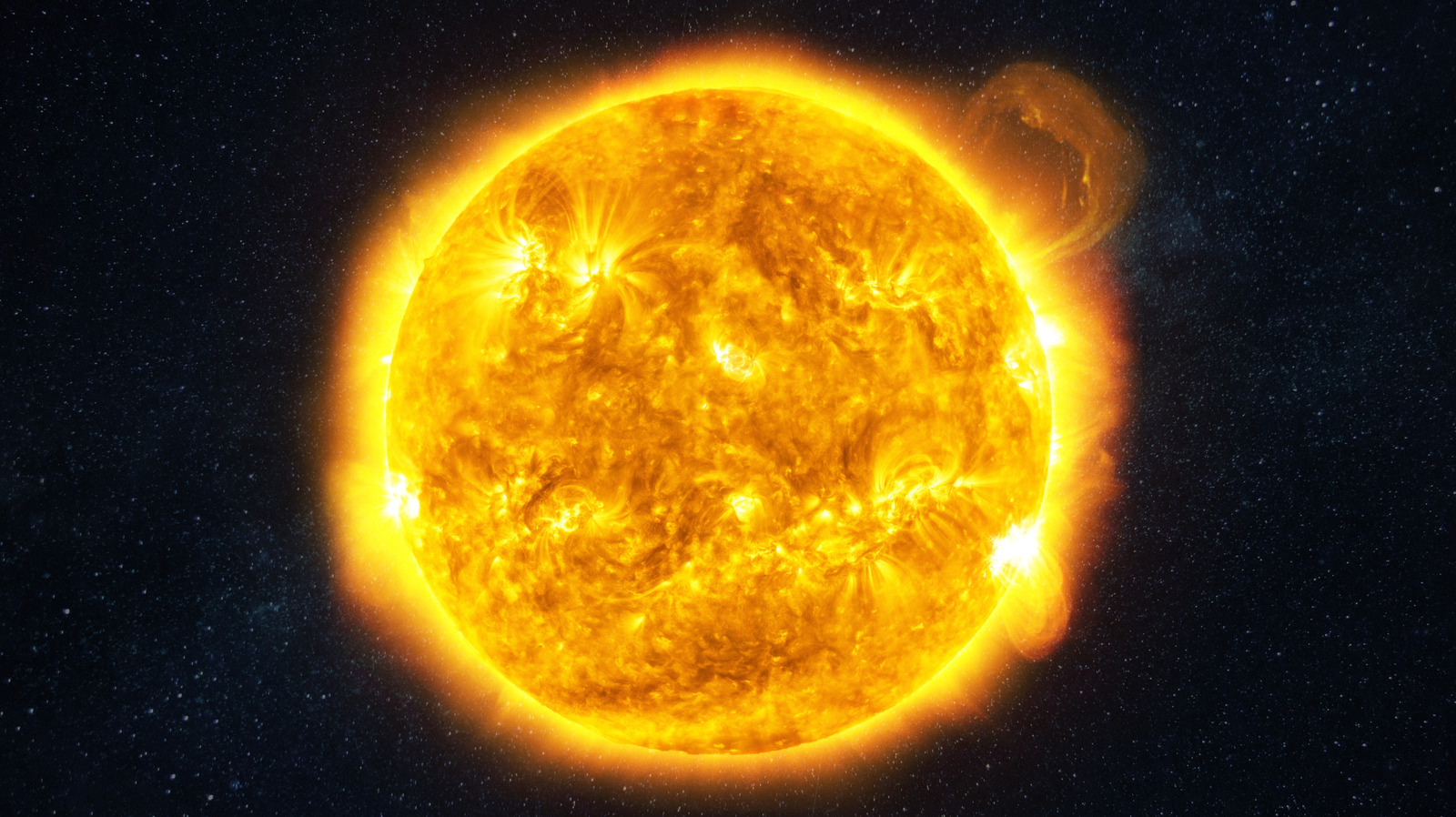Science
Solar Activity Rises: Impacts on Technology and Daily Life

Recent research indicates that solar storms are becoming more frequent, a trend expected to continue into 2025. Scientists, who once believed the sun was entering a prolonged period of inactivity known as the “deep solar minimum,” have observed a notable increase in solar activity since 2008. This uptick poses potential challenges for modern technology and infrastructure.
The Resurgence of Solar Activity
Experts at NASA’s Jet Propulsion Laboratory have reported significant spikes in plasma explosions and stronger magnetic fields, which correlate with increased solar flares and coronal mass ejections. Last year, a solar storm erupted that was the strongest in over 20 years, allowing the northern lights to be visible as far south as Mexico. While the stunning auroras captivate viewers, the consequences of solar storms extend far beyond their beauty.
Solar storms can disrupt essential technologies, including power grids, GPS, and radio communications. These disruptions could complicate operations for various sectors, particularly aviation, shipping, and emergency services, which rely heavily on reliable signals. NASA is proactively addressing these challenges, especially as its Artemis mission aims to return astronauts to the Moon and eventually reach Mars.
Understanding the Risks
Solar storms occur when entangled magnetic fields in the sun snap and reconnect, releasing bursts of energy and radiation. These bursts can reach Earth within minutes, posing risks to satellites and other technologies that lack the protective barrier of our atmosphere. Historical events highlight these risks; for instance, in 1989, a solar storm caused a blackout that affected millions in Quebec within just 90 seconds.
Today, with the increasing number of satellites in orbit, the potential for damage is heightened. Strong solar flares can disrupt satellite circuits, take them offline, and shorten their operational lifespan. As our reliance on technology grows, so does our vulnerability to solar activity. High-frequency radio signals used for critical communications are particularly at risk during solar storms, which can lead to widespread disruptions.
Despite concerns, current research suggests minimal health risks associated with solar flares for individuals on Earth. Studies exploring links between solar activity and health issues such as headaches or heart problems have produced limited evidence. For most people, the most noticeable impacts will likely be disruptions to power, internet, and navigation services.
Moreover, solar storms can even affect traffic systems, leading to blinking traffic lights or requiring airlines to adjust routes. While these issues can be frustrating, there is a silver lining: solar storms can bring spectacular northern lights to regions far from the Arctic Circle, allowing many more people to witness this natural wonder.
To mitigate future risks, NASA is investing in advanced projects like the Interstellar Mapping and Acceleration Probe (IMAP). This initiative aims to improve early warnings for solar events, enhancing preparedness for the increasing frequency of solar storms.
In summary, while solar storms may not pose an immediate threat to human health, their impact on technology and infrastructure is significant. As we move further into an era of increased solar activity, staying informed and prepared will be essential for minimizing disruptions in daily life.
-

 Technology5 months ago
Technology5 months agoDiscover the Top 10 Calorie Counting Apps of 2025
-

 Technology3 weeks ago
Technology3 weeks agoOpenAI to Implement Age Verification for ChatGPT by December 2025
-

 Health3 months ago
Health3 months agoBella Hadid Shares Health Update After Treatment for Lyme Disease
-

 Health3 months ago
Health3 months agoAnalysts Project Stronger Growth for Apple’s iPhone 17 Lineup
-

 Health3 months ago
Health3 months agoErin Bates Shares Recovery Update Following Sepsis Complications
-

 Technology5 months ago
Technology5 months agoDiscover How to Reverse Image Search Using ChatGPT Effortlessly
-

 Technology3 months ago
Technology3 months agoElectric Moto Influencer Surronster Arrested in Tijuana
-

 Technology2 months ago
Technology2 months agoDiscover 2025’s Top GPUs for Exceptional 4K Gaming Performance
-

 Technology5 months ago
Technology5 months agoMeta Initiates $60B AI Data Center Expansion, Starting in Ohio
-

 Technology5 months ago
Technology5 months agoRecovering a Suspended TikTok Account: A Step-by-Step Guide
-

 Health5 months ago
Health5 months agoTested: Rab Firewall Mountain Jacket Survives Harsh Conditions
-

 Lifestyle5 months ago
Lifestyle5 months agoBelton Family Reunites After Daughter Survives Hill Country Floods





















